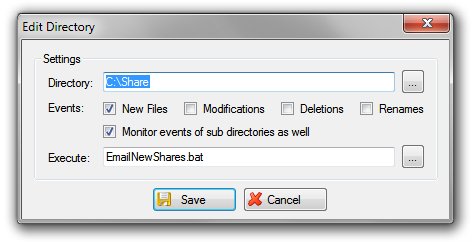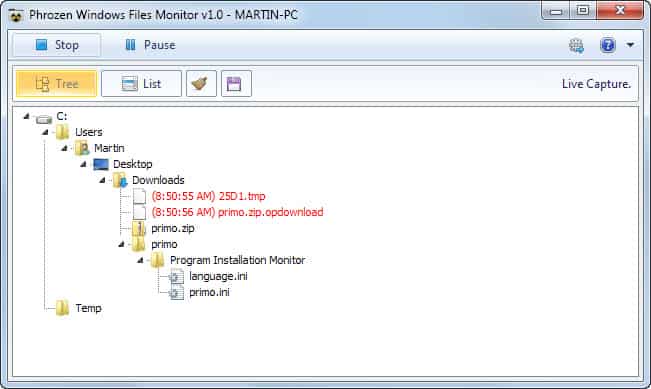

Payload’s Run method installs any hooks.If found, the matching EasyHook.IEntryPoint in the payload assembly is instantiated and then finally the matching Run method is called.EasyHook.InjectionLoader deserializes the configuration, loads the payload assembly and looks for the EasyHook.IEntryPoint that matches the parameters provided to the call to.EasyLoad loads the managed assembly EasyHook.dll into the target process and calls the method.(EasyHook32/64.dll signals that injection is complete) (EasyLoad attempts to create a new AppDomain so that the injection library can be unloaded) EasyHook32/64.dll completes “managed injection” by loading EasyLoad32/64.dll.If necessary EasyHook will automatically use the EasyHookSvc32/64.exe helper to inject from 32-bit into 64-bit and vice versa.Į will wait here until it times out or until it has been signalled that injection has completed/failed. Injects the native EasyHook32/64.dll into the specified target process depending on whether it is 32-bit or 64-bit.serializes the configuration, including the payload assembly path and parameters.Once injected the payload will use EasyHook.LocalHook to create the hooks (see Creating a local hook). EasyHook.IEntryPoint: the payload assembly must include a public class that implements this interface.

: a helper method used to connect the client to the IPC channel after injection (called from within injected library running in the target process).: a helper method used to initialise an IPC channel from the injector / host.: used in conjunction with CreateAndInject from the payload/injected library to wake up the process when ready.: creates a new process in a suspended state from the provided executable path and command line, and then injects the specified 32-bit/64-bit payload assembly as per Inject.Parameters can be provided that are passed into the injected library. : injects the specified 32-bit/64-bit payload assembly into the process identified by the provided process Id.And if your file server is connected to the Internet, you’ll need to set up permanent and effective monitoring to eliminate security flaws and prevent external attacks.Remote hooking generally involves first injecting a payload from the “injector” into the target process and then from this payload, installing the hooks.įor this purpose, the EasyHook library provides the EasyHook.RemoteHooking static class and the EasyHook.IEntryPoint interface. Above all, you'll want to keep a constant eye on important system files so you can immediately see if changes (desired or undesired) take place there. In short, the file server is the “heart” of a corporate network and should therefore be monitored accordingly. At larger companies with complex access rights, servers are vital for ensuring work processes remain efficient. In addition, file servers facilitate backups and make it possible to do away with duplicates and outdated versions of files. This makes access rights and teamwork simpler, more transparent, and easier to manage. A file server allows all employees to work with the same files. Companies have much to gain by using a centralized server to manage their files. In today’s world, digital files are required for nearly every business process. Keep a constant eye on the “heart” of your company network


 0 kommentar(er)
0 kommentar(er)
